How often do you see animals with no legs? If not then this article has the animals without legs with its pictures.
What animals have no legs?
Some of the most commonly known animals without legs are seals, Caecilians, Snakes, sea lions, legless lizards , earthworms , snails, walruses, sponge , clams, sea urchin, whales.
Table of Contents
Animals With No Legs :
seals
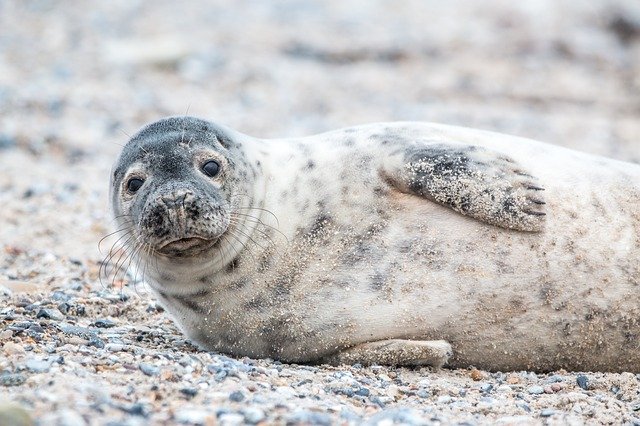
Seals are marine mammals belonging to the family Phocidae. They are found worldwide, except in Antarctica. There are two species of seals: ringed seals (Phoca hispida) and bearded seals (Erignathus barbatus).
Seals do have legs, but they don’t use them for walking. They walk on land using their flippers.
Seals are usually very friendly animals, especially when they are young. They love to play and interact with humans. However, some species of seal are aggressive towards humans, such as the harbor seal.
Seals are animals that live in cold climates. They have thick fur to keep them warm, and they use their noses to breathe through water. Most seals are born at sea, and then swim to land to give birth.
Seals are often hunted for their fur. This practice has led to an increase of seal deaths due to drowning or starvation.
Snakes

Snakes don’t really have legs, but they have a long tail that helps them move around.
Snakes aren’t always pretty creatures. They can be dangerous, venomous, and even deadly. In fact, some species are known to kill humans. Some snakes also have a reputation for being ugly.
Snakes are reptiles, and they don’t really have legs, but they do have tails. They crawl around on their belly or move along using their tails. The tail helps them move around, and also serves as a warning signal for predators.
Snakes are cold blooded animals, meaning they don’t have much body heat. Their skin helps them regulate temperature, and they rely on external sources of energy such as sunlight to stay warm.
Some snakes have evolved to live in warmer climates, where they spend time basking in the sun. These snakes have adapted to living in tropical areas, and they often have longer bodies and thicker scales.
sea lions
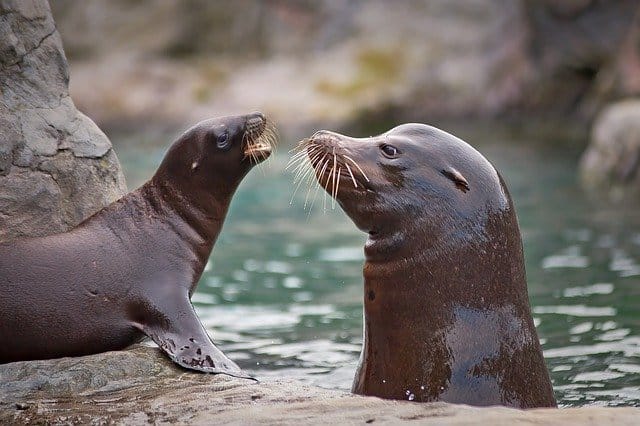
Sea lions do not have legs, they have flippers. Flippers are webbed appendages used for swimming. They are located on the front of the body, just behind the forelimbs. Sea lions use their flippers to swim through the water.
They spend their early lives at sea before they return to land to molt. They then spend months or years in the ocean until they reach adulthood.
Sea lions are known for their strong swimming abilities, but they also have some unique features that set them apart from other marine mammals. Are sea lions really walking on land? And why do they have no hind limbs?
Sea lions are a type of seal, and they live in coastal waters around the world. They spend most of their time at sea, but when they come ashore, they often walk on land. This unusual behavior has led to speculation that sea lions are capable of walking on land.
Sea lions are indeed able to walk on land, but they don’t have hind legs. Instead, they have four flippers, which give them excellent balance and mobility. Sea lions are often mistaken for seals because they look similar. However, they are not seals. In fact, they are closely related to otters and other aquatic animals.
legless lizard
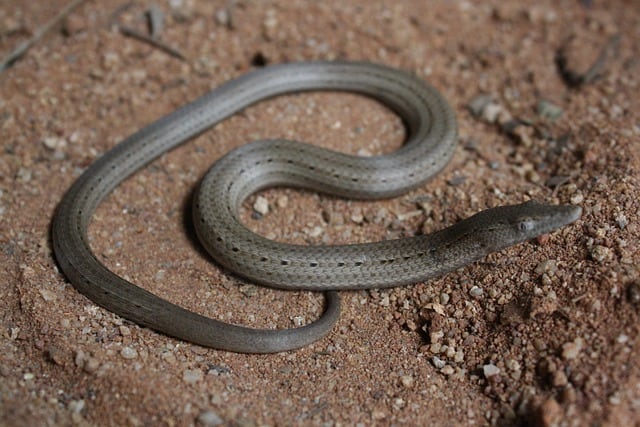
Legless lizards do not have legs. They are reptiles, which means they are cold blooded animals. The only thing they have is skin, scales, and claws.
Legless lizards are a type of lizard found in Australia. They lack limbs, but they don’t seem to suffer from any other disadvantages.
Legless lizards have no legs, but they can move around using their tails. They also have a very unique way of moving through water. When they swim, they push off the bottom of the pool with their tail. This allows them to travel at speeds of up to 16 kilometers per hour.
Legless lizards are known to live in areas where temperatures can reach 40 degrees Celsius (104 Fahrenheit). These reptiles can survive extreme heat because their skin has evolved to absorb sunlight. Their body temperature rises, causing them to sweat. This helps cool down their bodies and prevent overheating.
earthworms
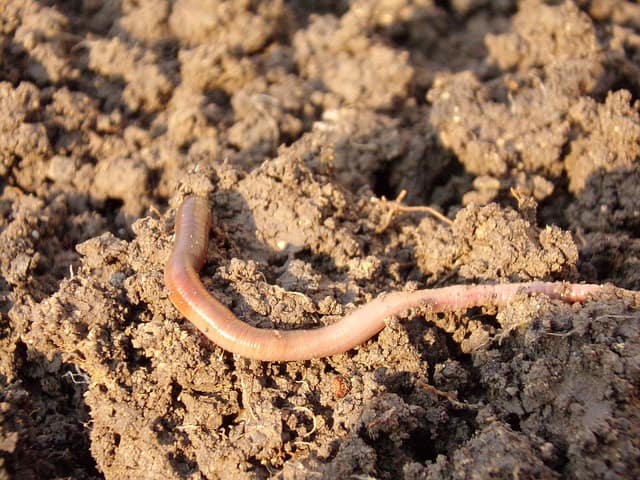
Earthworms don’t have legs, they crawl around on their bellies. They move by using muscles in their bodies.
Earthworms also have a special organ called a slime gland that produces a sticky substance that helps them stick to surfaces such as soil or wood.
You might have heard that earthworms have no legs, but that isn’t true. In reality, earthworms have six pairs of appendages that enable them to walk and climb. These appendages are located at various points along the worm’s body. The front pair of legs is located near the head, and the rear pair is found near the tail.
Earthworms are often confused with worms because they look similar. Worms are segmented animals with a soft cuticle. Earthworms are segmented animals with rigid skin.
snails

Snails don’t have legs, they crawl along the ground using their tentacles. Snails are invertebrates that belong to the phylum Mollusca. They are the only mollusks without shells.
Snails do have legs . They also have a shell which protects them from predators.
Their body consists of three parts: head, mantle, and foot. The head has two eyes, antennae, and a mouth. The mantle is a muscular sac that covers the internal organs. The foot is attached to the mantle.
Snails are crawling creatures that live in moist places such as forests, streams, marshlands, and swamps. They feed on algae, fungi, and other plant material. They also eat decaying organic matter.
walruses

Walruses do not have legs, they have flippers. They use these flippers to swim through the water.
Walruses are large marine mammals found along the northern coastlines of North America and Europe. They are also known as sea cows because they spend much of their time floating on the water surface.
Walruses are often confused with seals due to their similar appearance. The two species look very similar, but walruses are land animals whereas seals are aquatic. They are able to walk on land using their flippers. This ability allows them to move around on land without having to return to the ocean.
Walruses are known for being very aggressive towards humans. In fact, they’ve even been known to attack boats and ships. This makes them dangerous to encounter in the wild.
sponge

Sponges have no legs so they are not able to move.
A sponge moves due to surface tension. The water molecules at the surface of the sponge repel each other and pull the sponge towards the air. This causes the sponge to move away from the water.
However, when the sponge gets wet, the water molecules stick to the sponge, which makes the sponge sink back into the water.
Sponges do not have eyes, but they do have pores. The sponge’s body has millions of tiny holes called “pores.” These pores allow water to flow through the sponge. When water flows into a pore, the pore expands. This expansion creates a negative pressure inside the sponge, which forces water out of the sponge.
clams

Clams are animals that live in the ocean, they have no legs, they move through water using their shells.
Clam animals don’t have legs because they live in burrows and their shells act as protection from predators.
Clam animals are mollusks (a group of invertebrate animals) and are also known as bivalves (two valves). They belong to the phylum Mollusca, class Bivalvia, order Veneroida, family Veneridae, genus Littorina..
Clams do not have eyes, but they do have tiny light receptors called photoreceptors located at the tip of their tentacles, which allow them to detect light. When clams are exposed to light, they contract their shells, causing water to flow out of their siphons. This movement attracts prey such as small fish, crabs, and worms.
Clams are often confused with oysters because they both share similar features. However, there are several differences between them. For example, oysters don’t have a heart, whereas clams do. Also, clams have a siphon instead of an anus.
sea urchin
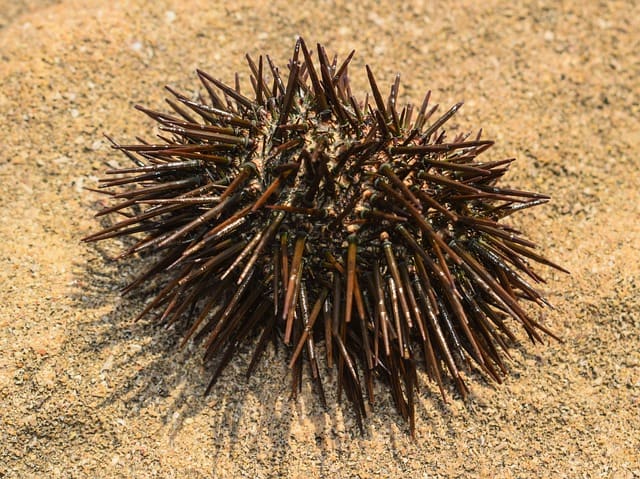
Sea urchins are marine animals that live in shallow waters around the world. They look like little rocks covered in spines. But did you know they have legs or not?
Sea urchins are invertebrates (animals without backbones) that belong to the phylum Echinodermata which means they belong to the same phylum (or group) as starfish, crayfish, and horseshoe crabs. They have no bones, brains and no legs.
These creatures have five pairs of appendages called ambulacrae that allow them to move through water and crawl along the seafloor.
Sea urchins have five pairs of ambulacral appendages called ‘feet’ that function as suckers and anchors. Each pair consists of two long tentacles and a shorter central tentacle. These tentacles are surrounded by rows of tiny teeth.
When these tentacles touch the substrate, they contract, drawing water into their body cavity through a system of tubes. This causes them to expand and create suction, allowing them to attach themselves to rocks, shells, coral reefs and other underwater objects.
Caecilians

Have you ever heard of caecilians? They are amphibious creatures that look like lizards or salamanders. Some scientists believe they are related to snakes, frogs and newts.
Caecilians are found in South America, Asia and Africa. These animals have no legs, instead using their tails as limbs. They are legless. They are amphibious creatures that live in water and eat insects. The word “caecilian” means “blind worm”. Caecilians are also known as blindworms.
caecilians have no legs or arms, and sometimes It is very hard to tell which end is the tail and which is the head.
Some caecilian species are able to walk around on land, but they prefer water. In addition, some caecilians also live underground. If you want to see them in person, visit these places:
Whales
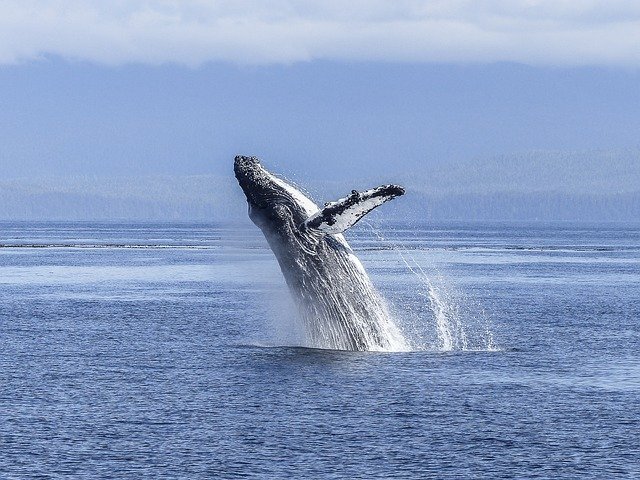
Whales are known for their size, but they also have other interesting features. For example, some species of whale can breathe air through their blowhole.
whales have two flippers for swimming, but no, they don’t have legs. They use their flippers to swim, and they also use them to eat.
Whales are mammals, and like us, they have lungs, kidneys, livers, and intestines. They also have a four-chambered heart, four limbs, and a tail fin.
Whales are known for their ability to travel great distances through the open sea. They are also extremely social animals, often forming tight bonds with other members of their species.
Read More : Animals With 6 Legs !
fish
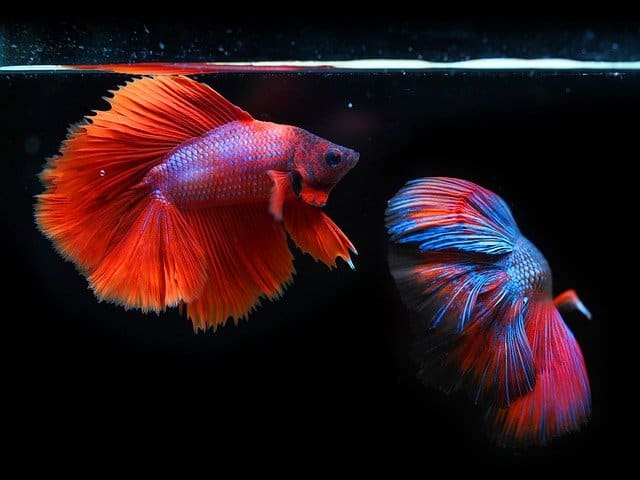
Do Fish Have Legs?
Fish don’t have legs, they swim using their fins. They also have gills instead of lungs. Their bodies are covered in scales, and they breathe through their skin.
Fins are used by fish to move forward, backward, and sideways. These fins are attached to the sides of the body and are called pectoral fins. Fins are found on the tail, dorsal (top), anal, caudal (bottom) and pelvic fins.
In fact, fish are covered in skin, flesh, bones, cartilage, and connective tissue. They even have teeth.
octopuses

People think octopuses look creepy. They move slowly by waving their tentacles around, and they don’t eat much. What’s wrong with them?
Octopi are very intelligent invertebrates. They live in warm seas worldwide and have eight long arms covered in suckers or suckers that act like tiny hands. Octopuses feed mostly on crabs, sea anemones, fish, mollusks, squid, and other small animals.
They also communicate through touch and use pheromones. The average octopus has only two hearts, and some scientists say that they are capable of self-healing.
Eel

Do eels have legs? No, they don’t. They are fish. And they swim around in the water. That’s pretty much it.
Eels are a type of freshwater fish found throughout the world. They are also known as elvers or glass eels because their skin is transparent. Eels are often confused with snakes, but they are actually related to sharks.
Portuguese Man of War
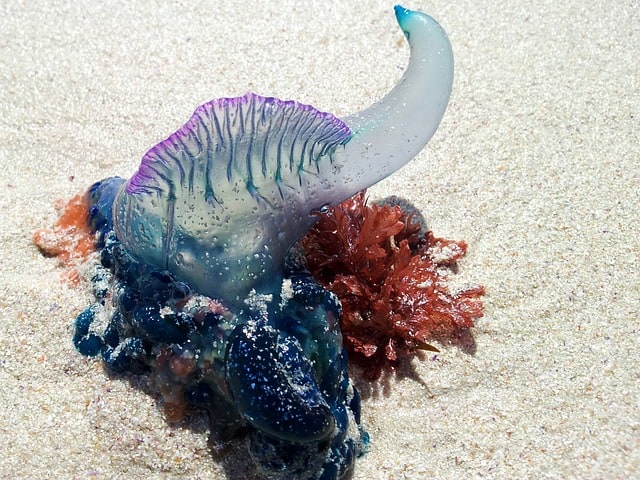
Do Portuguese man-of-war (Physalia physalis) have legs? This jellyfish has tentacles that look like arms and they can move around quite rapidly. They are often found washed ashore or floating in the ocean.
Portuguese man-of-war are also known as sea wasps because of their stinging tentacles. These jellyfish are usually harmless to humans, but some species can cause severe pain.
They are also called sea spiders because of their resemblance to arachnids. The tentacles of these jellyfish contain nematocysts, which are similar to those found in other animals such as scorpions and snakes.
Other Animals With No legs :
- Mussels
- squid
- oysters
- Tapeworm
- Dolphins
- anemone
- Helminths
- Pinnipeds
- Sirenians
